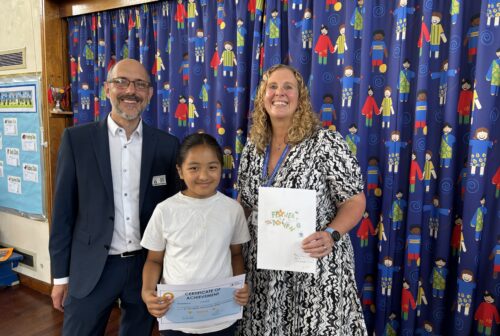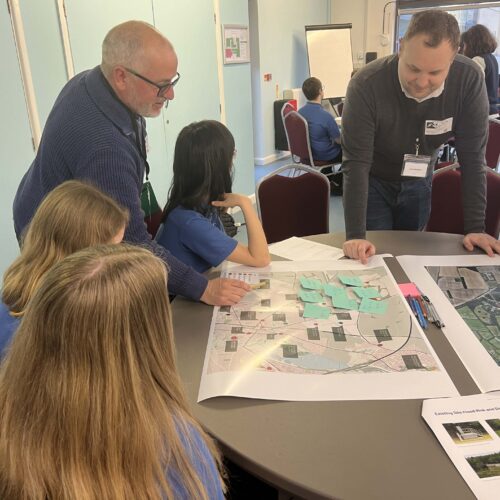From classroom to concept masterplan: Empowering young voices in placemaking

When we talk about planning for the future, it’s easy to focus on policy, sustainability and infrastructure. But at the heart of any thriving place are its people. Not just the ones with deep roots in the local area, or those with architecture or town planning degrees. Sometimes the most insightful ideas come from younger generations who will inherit the spaces we’re building for several decades to come, but who are conversely too often overlooked in the engagement process.
Through the proposed redevelopment of Sir John Moore Barracks in Winchester, we’ve had the joy and the privilege of being able to put that into practice and what began as an effort to include more young people in the conversation, soon revealed itself to be a cornerstone of thoughtful, inclusive planning.
In March last year, we held workshops with Year 10 Engineering students at The Henry Beaufort School, exploring the site through the lenses of placemaking, flooding, transport and landscape. Armed with maps, an inquisitive mindset and unfiltered imagination, students contributed a range of thoughtful ideas, many of which fed directly into the concept masterplan for the site.
A few weeks later, we took also the conversation to Peter Symonds College’s A-Level Geography students, who dove into the same topics with equal passion. Their recommendations included a pedestrian-first transport network, flexible co-working spaces and community hubs that could support an intergenerational future.
Most recently, we invited primary school children across the local area to take part in a competition to help design the logo for the redevelopment. The winning design, created by Prakriti at Harestock Primary School, captured the imagination of the judging panel. Her logo, along with elements from runners-up Harry and Izzy, will be professionally developed over the coming weeks and will ultimately inspire the visual brand identity for the entire redevelopment.
But this competition was about far more than choosing a logo – it’s a shining example of why engaging local schools and young people is not just a nice-to-have, but an essential part of placemaking.
When we involve young people in planning, we empower them. We show them that their voices matter and we foster a generation that sees planning not as something that happens to them, but something they can shape. At the same time, we as an industry are reminded to keep the human – and especially the youthful – perspective at the centre of our work.
If we’re serious about long-term sustainability and inclusivity, then engaging with young people isn’t just good practice, it’s essential.

